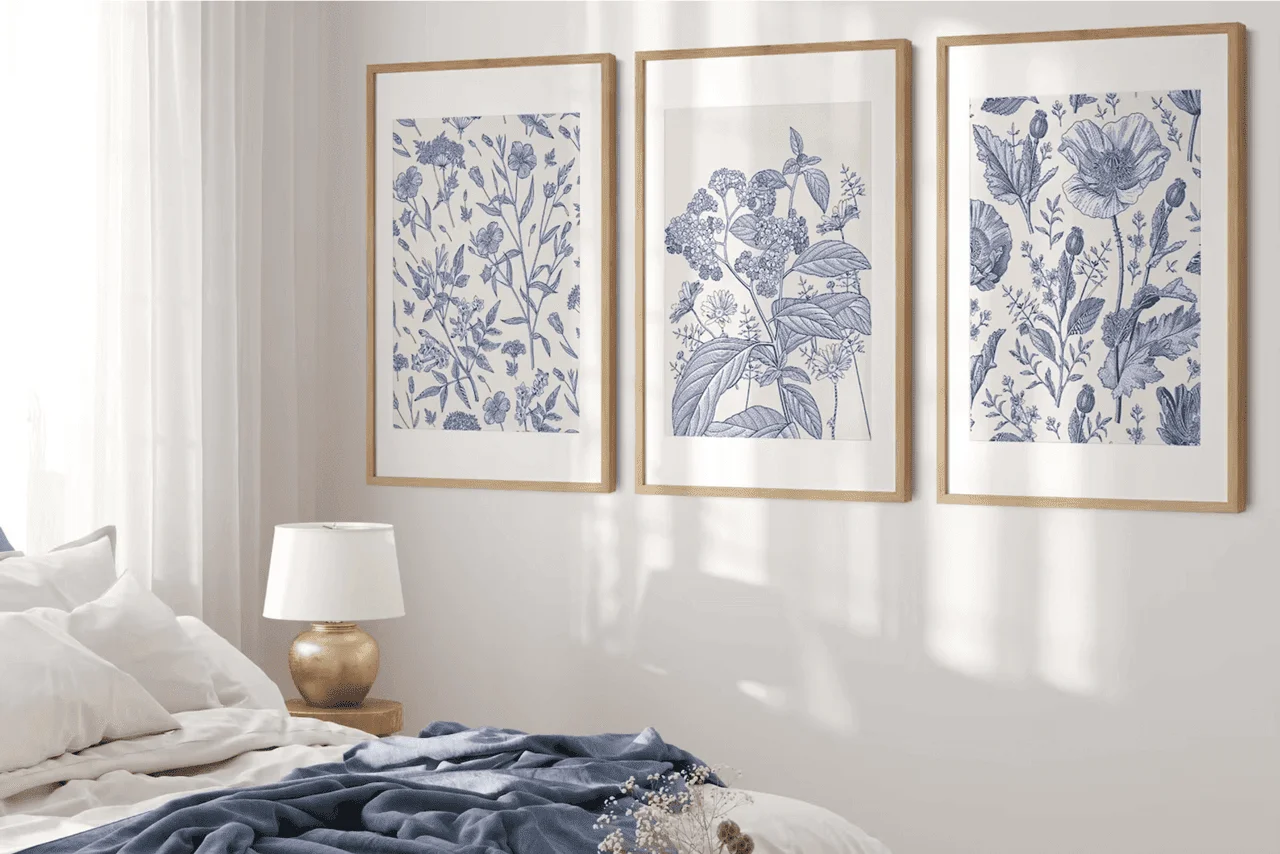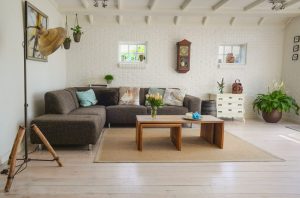Discover the Benefits of a Well-Planned and Practical Loft Conversion
Transforming an unused attic into a functional living space is one of the smartest ways to enhance your home’s value and appeal. A well-planned and practical loft conversion can not only provide extra space but also improve the overall comfort and functionality of your house. Whether you need a new bedroom, home office, or recreational area, a loft conversion is a versatile solution.
Maximize Your Home’s Space
One of the most significant advantages of a loft conversion is the ability to make use of existing space without expanding the property footprint. Instead of moving to a larger house, homeowners can create additional rooms in an area that often goes unnoticed.
- Efficient use of underutilized attic space
- Additional storage or living area without altering the exterior
- Ideal solution for growing families
For those considering the best professionals for the job, hiring top loft conversion builders in Weybridge ensures the project is completed efficiently and to a high standard. Their expertise guarantees a design that optimizes both aesthetics and functionality.

Increase Property Value
A carefully executed loft conversion can significantly increase the market value of your home. Prospective buyers often look for homes with additional bedrooms or flexible living areas, making your property more appealing.
- Enhances resale value
- Provides a competitive edge in the property market
- Adds modern, stylish features to your home
Versatility and Customization
Loft conversions offer immense flexibility. Homeowners can design the space to suit their needs, whether it is a private retreat, office space, or entertainment room. Creative design options can turn even the most modest loft into a luxurious area.
- Custom layouts to fit your lifestyle
- Variety of finishes and fixtures to match your home’s interior
- Options for natural lighting, such as skylights, to enhance comfort
Cost-Effective Home Improvement
Compared to moving to a larger property, converting a loft is a cost-effective method to gain extra space. It reduces the stress and expense of relocation while improving your current home’s functionality.
- Lower cost than purchasing a new property
- Minimizes disruption to your daily life
- Potential energy savings with proper insulation and ventilation
A well-planned loft conversion is a practical and rewarding home improvement project. It allows homeowners to maximize space, increase property value, and create a versatile area tailored to their lifestyle. With the right approach and professional assistance, converting your loft can transform an underutilized space into a stunning and functional extension of your home. Investing in quality craftsmanship and design ensures long-term satisfaction, making a loft conversion one of the most beneficial upgrades for any household.


